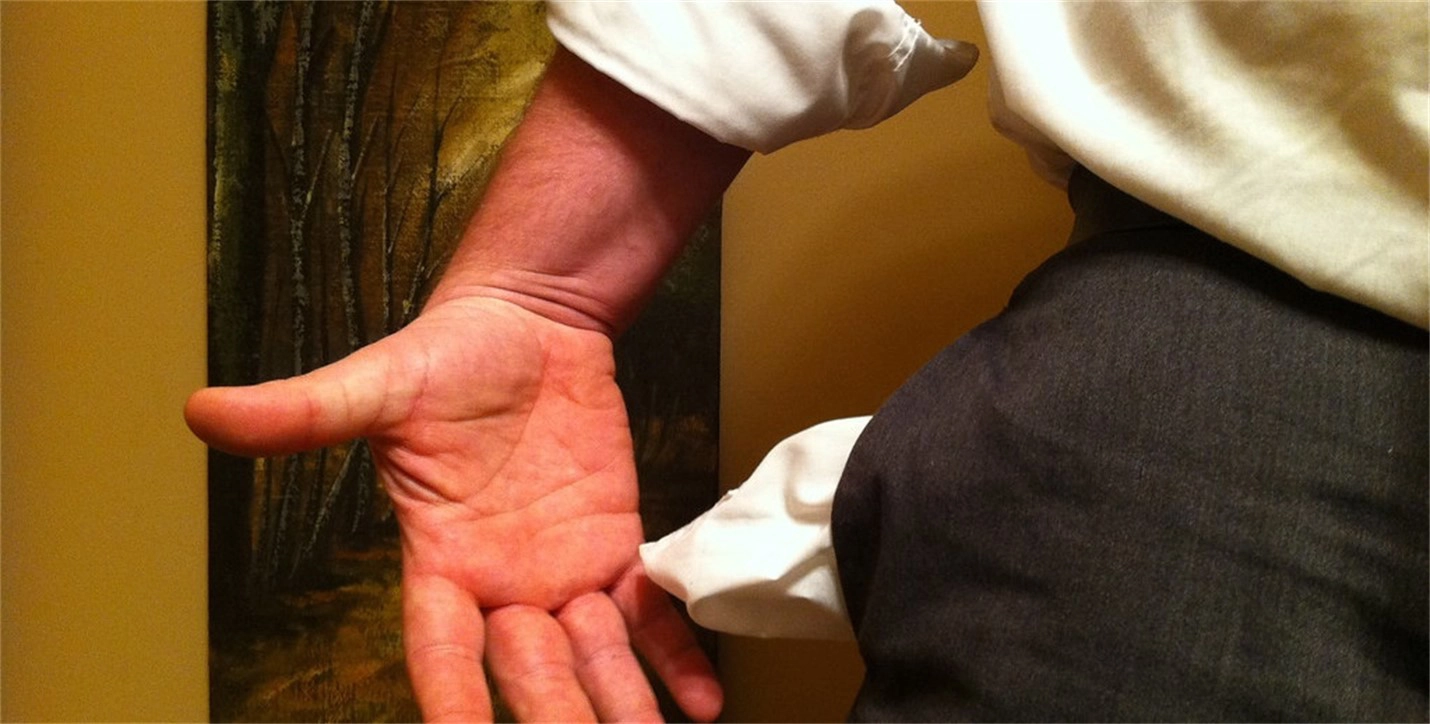
Ever heard the phrase house rich, cash poor? It can be frustrating to have a valuable home and empty pockets.
You might be dealing with job changes, emergencies, new goals, hopes and dreams… And you need cash. Can you reach into your property value to get the cash now — without downsizing to a cheaper home?
You know that holding a deed is a wealth-building technique. And the key is home equity. Equity is the “paid for” part of your home’s value. Homeowners have amassed a lot of equity in the last several years. And today, there are plenty of options to reach it. Let’s check some out — from tried-and-true loans, to cutting-edge equity-sharing platforms.
One Good Loan Deserves Another: The Home Equity Loan

A home equity loan (“HEL” or “second mortgage”) gets the deed holder a lump-sum payment. HELs work for something that needs one large payment: getting rid of credit-card debt, for example, or putting an addition on a home.
Like a regular mortgage, this second mortgage comes with predictable, fixed-rate monthly payments — and closing costs. The length of a HEL term can be five years, 15 years, or longer.
Who qualifies? The typical HEL customer:
- Has more than 20% equity in the home.
- Has a strong credit profile, due to faithful repayment of the regular mortgage.
- Has a manageable debt-to-income ratio.
- Earns enough money to handle the regular mortgage plus the HEL.
Interest rates vary, depending on the borrower’s credit profile. In any case, home equity loans charge slightly higher interest rates than first mortgages. But they do beat credit card or personal loan rates. And if you use the money on home improvements, you can get tax deductions for the interest.
When applying, you’ll need the typical mortgage documentation: tax returns, proof of assets and income. Expect the lender to order a new appraisal. Sound familiar?
Caution: Your property is the collateral for the home equity loan. Should you run into problems handling the extra loan, you could be at risk of losing your home to the lender — even if it was paid-off when you took out the HEL. All liens must be resolved if you need to sell.
Home Equity Line of Credit: Use Just What You Need
A home equity line of credit (HELOC) feels more like, well, a line of credit. Some homeowners max out credit lines, paying interest on what they borrow. Some don’t. But all HELOC borrowers may draw money as they see fit during the first five or ten years. After that, a repayment period (often 20 years long) begins. Then, the borrower stops drawing, and repays the balance plus interest.
Why do this? Usually, to meet a goal with continuing expenses. Maybe a degree. Or medical bills. Retirement goals. Or starting up a business. Maybe accessibility features for your home. Doing these things with a HELOC can be cheaper for most long-time deed holders than getting a personal loan.
As with a HEL, you’ll get a new lien on your title. That’s strong collateral! So here again, you’ll get to borrow at a lower rate than credit cards, or even a HEL, can offer you. Yet lenders do charge more in interest rates on these than they charge for your regular mortgage.
Look out, though! Adjustable HELOC interest rates can climb suddenly. Also look for annual fees, origination fees, early payment penalties, and the large payment due at the end.
On the bright side, interest on a HELOC used to upgrade your home is deductible if you itemize on your 1040.
Switcheroo: The Cash-Out Refinance
A cash-out refinance can work for people with a lot of home equity, who need money for debt consolidation or a big-ticket household expense. The cash-out refinance ends the existing mortgage, which you replace with a larger loan. You get cash in return. Because it’s a new loan, the rate can be higher than for regular mortgage refinancing.
Rates are fixed or adjustable. As usual, the stronger your credit profile, the more attractive the interest rates will be.
And, just like a regular refi, a fixed-rate refi is especially worth considering when mortgage rates dip.
It does require an appraisal. Expect closing costs up to 5% percent of the loan amount. Lenders may have ways to help you cover these costs. Check mortgage companies to compare what they’re offering.
Seniors’ Silver Lining? The Reverse Mortgage
Are you 62+ with a heap of equity? Then you have an extra option: the reverse mortgage. This makes cash available to deed holders who’ve paid off most of their mortgages.
Why is it called reverse? The reverse mortgage pays you! With a reverse mortgage, homeowners do not have to make monthly payments. So, the reverse mortgage balance grows over time (with interest and fees).
When does the lender finally get its funds back? When the deed holder sells or moves, or dies. So now we see the superpower of the reverse mortgage. It can keep seniors comfortably in their homes for life.
Just remember, if you pass away with a reverse mortgage on the home, it’s due — and your survivors must resolve the debt. And as the Federal Trade Commission tells us, pulling out your home equity through a reverse mortgage can tie your hands later, in the case that you decide to move out of the home. Also, the reverse mortgage charges higher interest rates than a HEL or a HELOC would.
Start here → for counseling and other resources related to reverse mortgages.
I’ll Gladly Pay You Tuesday: Shared Equity Agreements
Got 20% equity or more, want to pay for something today, without signing up for greater debt? You might be interested in a new class of startups on the home equity scene. Find out more by searching for home equity investments or shared equity agreements.
With equity sharing, the deed holder gets a lump sum in return for a share of the price the home will be worth, say, 10 or 30 years from now. In effect, it’s a trade of cash for a share of your home value’s growth potential.
Deed holders need not make monthly repayments on the amount, nor pay interest. So, equity sharing presents options for people who don’t have especially strong credit profiles.
You’ll get access to a smaller slice of your home equity than you would if you’d borrowed against it. And these agreements arrive at their moment of truth eventually. At the end of the term or when you sell the home, you must repay the cash, plus a percentage of your home’s rise in value. All at once.
Wrapping It All Up
Home equity borrowing generally lets you reach some 80 – 90% of what your home’s currently worth. A mortgage lender can tell you how much you can tap. Lender requirements vary. Ask about required fees, appraisals, insurance coverage, and various closing costs.
The key benefits? You can get that expensive project done, or consolidate your debt at a reasonable rate. And if you take out a HEL or HELOC to pay for upgrades to your home, the interest can turn into itemized deductions on your tax return.
Tapping into equity can be worthwhile if it improves your financial situation, or creates a sound investment in your future. But tread with caution, because it adds to the parties who have an interest in your home’s title.
Important note: This content is general information to help readers spot issues, but it does not constitute due diligence or individually tailored advice. Deeds.com is not a financial adviser. Consult your financial adviser to learn if cashing in on your home equity serves your needs and goals.
Supporting References
Valencia Higuera and Ryan Tronier for The Mortgage Reports: I Own My House Outright and Want a Loan: Is It Possible? (May 16, 2024).
Mia Taylor for Bankrate, LLC (part of Red Ventures) via Bankrate.com: How to Get Equity Out of the House You’ve Paid Off (Mar. 11, 2024).
Allison Martin for Bankrate, LLC (part of Red Ventures) via Bankrate.com: How to Get Equity Out of Your Home – And How to Choose the Best Way (Apr. 8, 2024).
Vivian Tejada for Point Digital Finance, Inc., via Point.com: What Does It Mean to Be House Rich, Cash Poor? (Mar. 13, 2024); and Lindsay VanSomeren: How Soon Can You Pull Equity Out of Your Home? (Feb. 29, 2024).
And as linked.
More on topics: Cash-out refinancing; HELOC or HEL?
Photo credits: Dan Moyle via Creative Commons / Flickr (CC BY-2.0); and Ivan Samkov, via Pexels/Canva.
